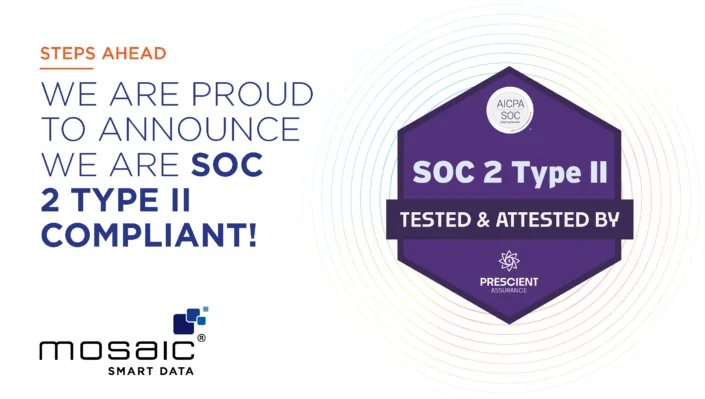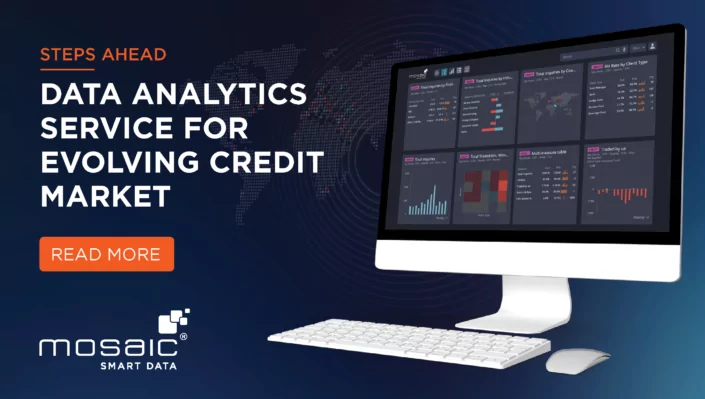Regulation is rapidly increasing transparency across financial markets, enhancing audit requirements and ensuring effective market surveillance. However, the mounting cost of compliance continues to squeeze sell-side banks, which have been facing declining FICC revenues and higher capital costs. With the introduction of MiFID II set for January 2017, technology – and particularly data analytics – could hold the key to developing competitive advantage in this new regulatory reality.
Since the financial crisis in 2008, regulation has played a key role in transforming the structure of capital markets and the manner of counterparty interaction. The requirements imposed have enabled regulatory bodies, such as the FCA, FINRA and SEC, to introduce more effective monitoring and superior levels of transparency across foreign exchange (FX), fixed income, equities and commodity markets.
Driven by regulatory change, trading activity has migrated away from opaque voice based markets toward a model based on transparency and risk mitigation on electronic venues, with market participants increasingly required to report and clear trades through CCPs.
The playing field for sell-side sales and trading teams is shifting permanently from relationship-driven to electronic message-based banking.
While the structural benefits of reform to the financial ecosystem are wholly apparent, the cost of compliance for individual firms has increased significantly, with sell-side banks bearing the lion’s share of the burden. As a result, the ability of these institutions to hold trading inventory and operate as liquidity providers has been increasingly constrained by regulatory capital requirements and mounting pressures on fixed costs.


























































































